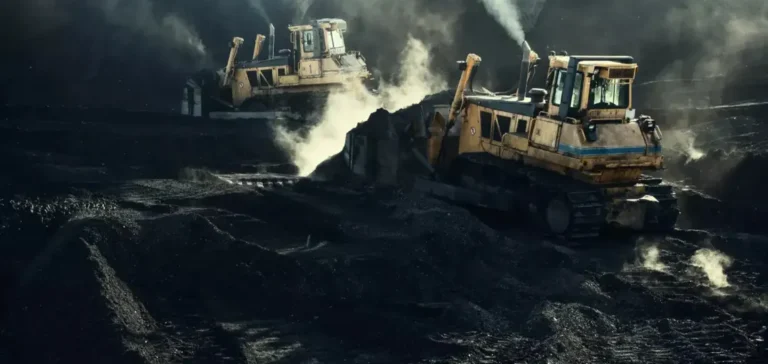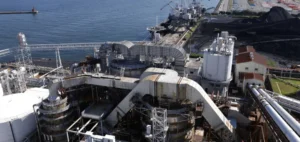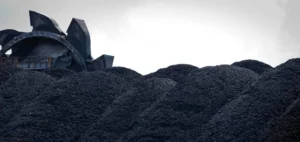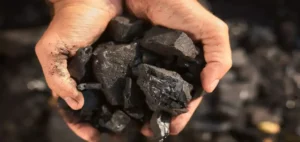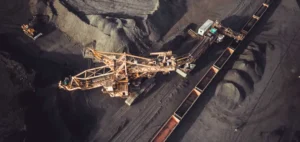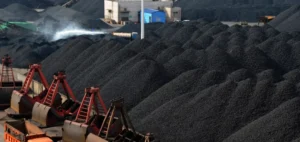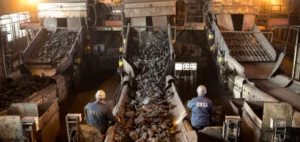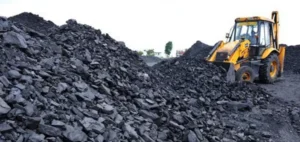Indonesia’s coal production reached 836 million tonnes in 2024, a record level according to a published report, but this performance conceals increasing economic pressure on the sector. Despite the output surge, demand has contracted in key markets and prices have plummeted, reducing mining company profits and non-tax state revenues.
Exports to China and India under strain
Coal exports to China and India, which together account for around 60% of Indonesia’s sales, have sharply declined. This drop is driven by the expansion of renewable energy in both countries and the strengthening of their domestic supply. Total demand is expected to fall by 10% in 2025 compared to the previous year. In the first half of the year alone, production fell by 33 million tonnes.
Companies operating in the sector now face dual pressure: falling prices and rising operating costs. After the 2022 peak, when the global energy crisis pushed prices above $400 per tonne, revenues have dropped significantly. In 2024, net income declined by 67% compared to the 2022 high, falling even below 2021 levels.
Major discrepancies in methane emission data
The report also highlights a major gap between actual methane emissions from coal mines and official data. Emissions in 2024 are estimated at 722 kilotonnes, more than four times the government figure. This difference is mainly attributed to an outdated methodology based on generic emission factors that exclude underground mines.
A planned new underground mine in South Kalimantan, with a production capacity of 20 million tonnes per year, could alone generate 332 kilotonnes of methane by 2030. Emissions are expected to rise by 25% by then, even if coal output declines. Residual emissions from mine closures, known as Abandoned Mine Methane, also pose a long-term threat.
Growing pressure on local public finances
Falling revenues from coal are beginning to affect producing regions, which heavily rely on these funds to finance their budgets. This fiscal pressure could make it harder for these areas to diversify their economies. The report recommends a shift in approach, introducing a moratorium on new permits and implementing strict caps in the annual production planning process.
Another key proposal is to mandate facility-level emissions tracking for all licence holders. The report also calls for the replacement of standard emission factors with Indonesia-specific parameters to better reflect on-the-ground realities.


